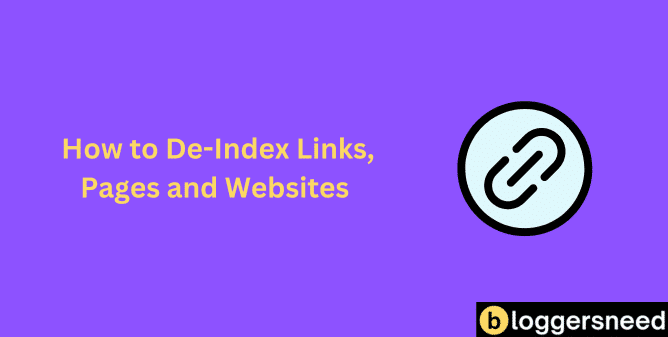
De-indexing is a strategic process of removing specific URLs, pages, or entire websites from search engine results pages (SERPs). Webmasters de-index for multiple purposes, including protecting sensitive information, managing outdated content, and maintaining SEO effectiveness.
Common methods include using Google Search Console’s URL removal tool, using SEO plugins, implementing robots.txt directives, and applying meta noindex tags.
The de-indexing process typically takes 24-72 hours for initial action, though complete removal can extend to several weeks. Understanding de-indexing strategies, from temporary maintenance needs to permanent content removal, helps website owners optimize their digital presence. The following sections reveal important techniques and best practices for successful de-indexing implementation.
Table of Contents
What is De-indexing?
De-indexing, in the context of search engine optimization (SEO), is the process of removing a webpage, link, or an entire website from a search engine’s index and search engine results pages (SERPs). This prevents the content from appearing in search results, effectively reducing its visibility and traffic.
Why Google De-Index Websites?
Google de-indexes websites that employ black hat techniques such as keyword stuffing, content spamming, and using private blog networks for link building, as these practices violate their terms and conditions.
Google indexing issues can also arise from technical problems such as broken links, slow website speed, or poorly optimized metadata
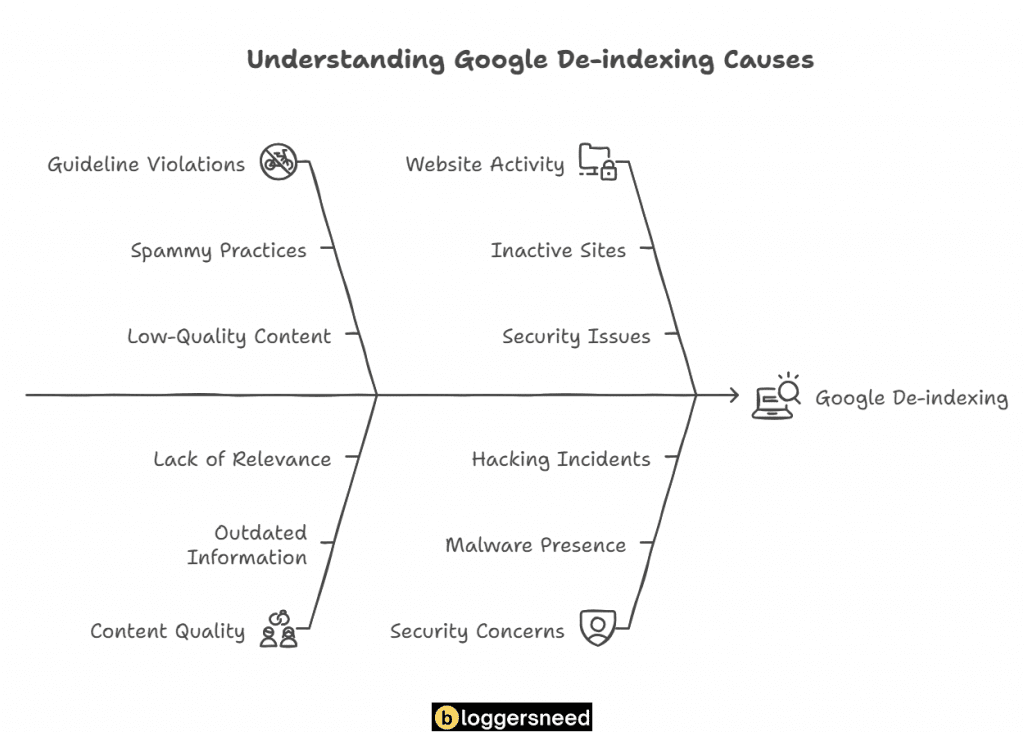
Google’s algorithm updates frequently lead to de-indexing, penalizing sites that lack helpful content while favoring those that provide valuable information, ultimately improving their search rankings.
What Are the Common Reasons for Manual De-indexing?
Webmasters and organizations commonly request de-indexing for various critical reasons, including the removal of outdated content that server no purpose, duplicate content, protection of sensitive information, and compliance with privacy regulations.
When to De-index a Link
Understanding when to implement link de-indexing helps maintain a clean, relevant, and secure web presence while ensuring ideal search engine performance for your primary content. Common scenarios for de-indexing include outdated content, duplicate pages, temporary promotional materials, and sensitive information that should not appear in search results.
De-indexing links requires careful consideration to ensure the correct removal of content from search engine results, as incorrect actions can lead to unintended issues.
How to De-index a Link
De-indexing links requires understanding several key technical approaches available to website owners and SEO professionals.
- Use the URL removal tool from Google Search Console to de-index links
- To prevent specific links from appearing in search results, add the target URL to your website’s robots.txt file and upload it to your file manager for effective de-indexing.
- To control search engine access effectively, consider implementing meta noindex tags for your links as a viable solution.
Use Google Search Console to Request Removal
Using Google Search Console’s URL removal tool is one of the most reliable methods to remove content from Google’s search results.
To submit a URL removal request, log in to your Google Search Console. On the left side of the dashboard under the Indexing section, click “Removals.” Click the “New request” button, enter the URL in the box, select “Remove this URL only,” and click “Next.”
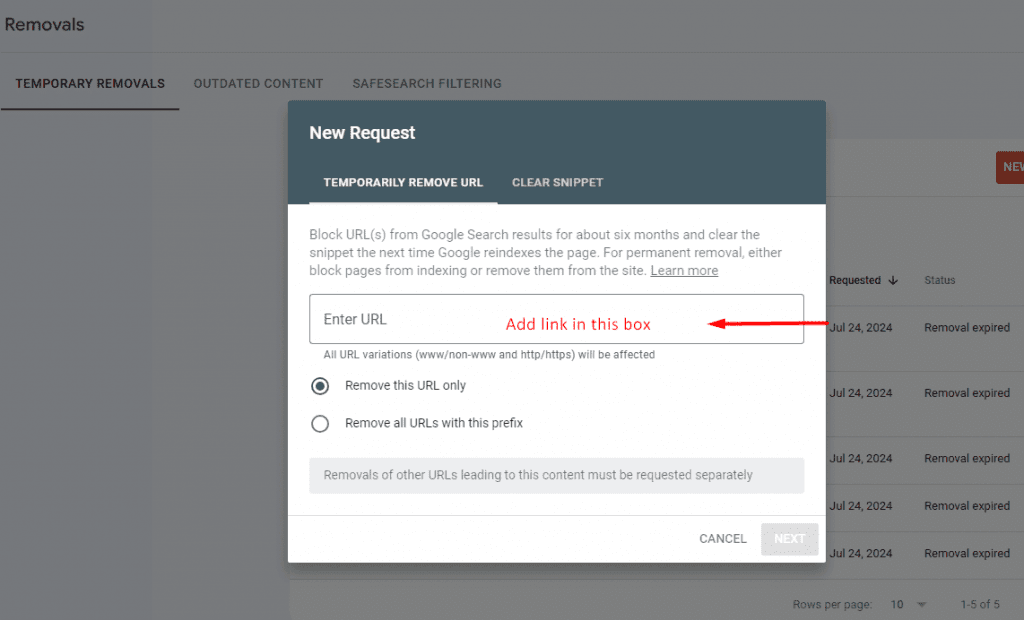
After submitting your URL removal request, monitor your indexing metrics and insights to track changes and their impact on website performance.
Add a Robots.txt Block for Specific Links
While Google Search Console offers direct removal requests through their tool, implementing a robots.txt file provides a more permanent solution for controlling search engine access to specific URLs.
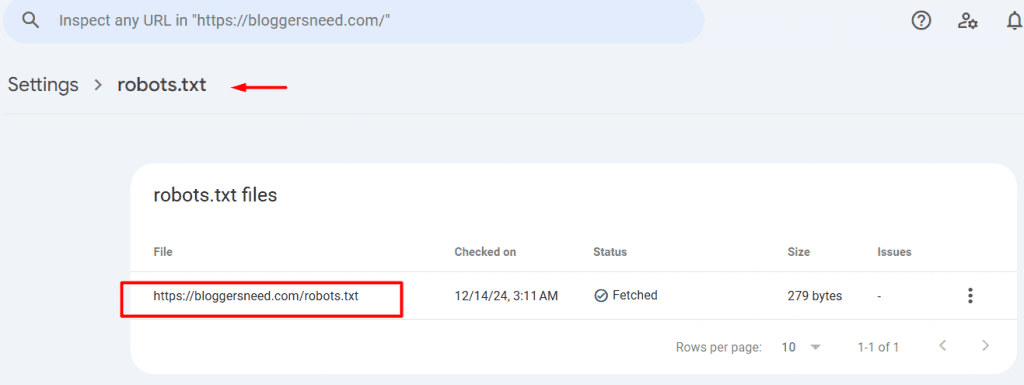
By adding robots.txt directives, you can effectively manage blocking crawlers from accessing particular pages.
Use the “Disallow” specific command to prevent indexing, but carefully consider sitemap considerations and SEO implications before implementation.
Use the Meta Noindex Tag for Temporary Removal
The meta noindex tag effectively removes specific pages from search engine results temporarily, offering greater flexibility for website maintenance and content management compared to permanent solutions.
Using a noindex tag facilitates easier re-indexing of pages, allowing for strategic temporary or permanent de-indexing based on your visibility objectives.
When to De-index a Page
To de-index a page, you should first assess its necessity; if the page is no longer relevant, has been removed from the website, or was created temporarily for product promotion, it can be de-indexed.
Website owners must carefully consider their de-indexing strategy, as improper implementation could adversely affect SEO performance and user experience across the entire domain.
How to De-index a Page
De-indexing a page from search engines can be accomplished through several proven methods, including the Google Search Console Removals tool for temporary removal, implementing meta noindex tags for permanent exclusion, or returning specific HTTP response codes like 410 (Gone) or 404 (Not Found).
These de-indexing techniques should be employed when content becomes outdated, duplicative, or no longer serves its intended purpose on your website.
Google Search Console Removals tool
The link removal tool is the built-in Google Search Console feature enables website owners to remove block URLs from search results.
Submit the webpage to Google’s removal tool to delete it from search engine results.
Meta Noindex Tag
The meta noindex tag serves as a fundamental HTML directive that instructs search engines not to include specific pages in their search results.
To effectively prevent crawlers from indexing a webpage, place the meta noindex tag within the header section of the page.
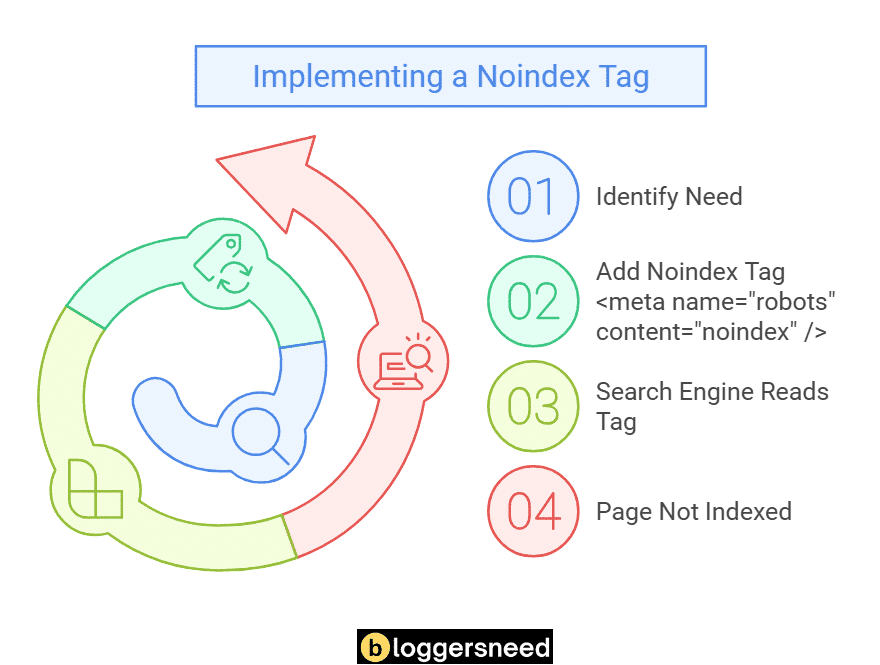
HTTP Response Code
Understanding the importance of HTTP response codes is essential for proper error handling codes and site management.
HTTP status codes, such as 404 (not found), 410 (gone permanently), and 301 (permanently redirected), clearly indicate page indexing status to search engines.
Interpreting codes correctly guarantees search engines process your de-indexing requests appropriately.
Using SEO Plugin
SEO plugins like Yoast, RankMath, and All in One SEO Pack enable users to easily exclude specific webpages from search engine results by activating the “noindex” meta directive in the settings.
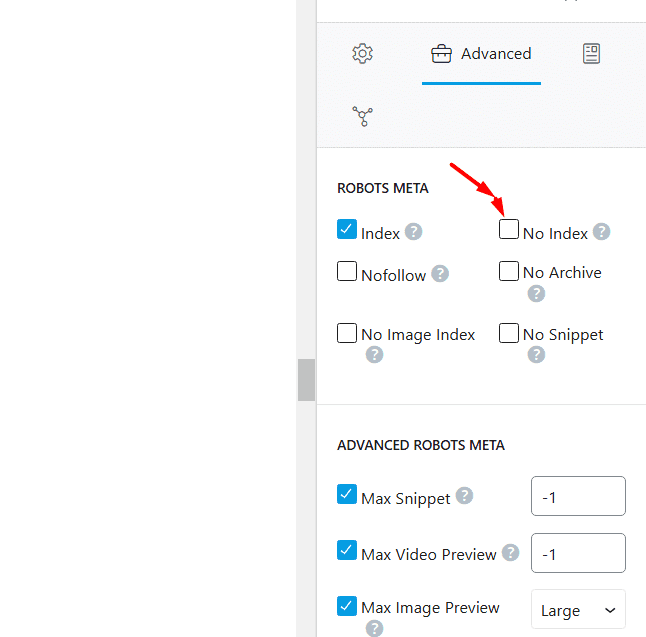
When to De-index a Website
De-indexing is the process of removing a website completely from search engines. Common reasons for de-indexing include outdated content, low-quality content, duplicate content, mistaken indexing, or when a website is no longer needed.
The process typically involves using the SEO plugin, robots.txt file, implementing noindex meta tags across all pages, or removing the site from search engines through their respective webmaster tools.
Website de-indexing should be approached systematically, ensuring proper documentation of the current indexed state and maintaining backups of all site content before proceeding with removal from search engine results.
How to De-index a Website
De-indexing a website can be approached through either temporary or permanent methods, depending on specific business needs and circumstances.
Temporary de-indexing is typically used during site maintenance, redesigns, or when content needs brief removal from search results, while permanent de-indexing is appropriate for discontinued websites or when permanently removing content from search engine visibility.
Website owners must carefully consider their objectives before choosing between these options, as each approach requires different technical implementations and carries distinct implications for search engine optimization.
Temporary De-indexing
The need for temporary de-indexing arises when website owners must briefly remove specific pages or entire sites from search engine results.
Implementing temporary de-indexing strategies offers benefits like maintaining privacy during updates while carrying minimal SEO risks.
Popular temporary de-indexing tools include robots.txt modifications and Google Search Console’s temporary removal tool.
To de-index a WordPress website, navigate to the general settings and select reading and select the option to discourage search engines from indexing your site.
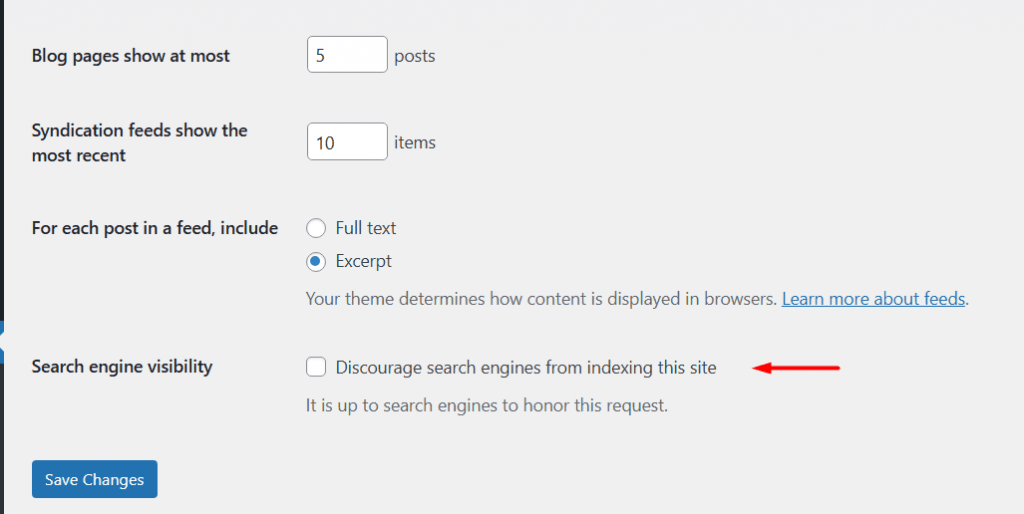
Permanent De-indexing
While temporary de-indexing serves specific short-term needs, permanent de-indexing represents a more definitive approach to removing web content from search engines.
When implementing permanent removal, understanding the long-term effects and consequences is essential.
Following best practices guarantees complete elimination from search results, requiring thorough monitoring results to verify successful de-indexing and maintain the desired outcome.
How to Index Links?
Indexing links requires submitting URLs to search engines through various methods to guarantee they appear in search results. Several effective indexing techniques can accelerate this process, including using Google Search Console to submit sitemaps and individual URLs directly to Google’s index.
Key link indexing strategies involve implementing proper search engine optimization practices, such as creating high-quality content, optimizing meta descriptions, and ensuring proper HTML structure. Improving link visibility requires maintaining clean URL structures and establishing strong internal linking networks.
Additional indexing best practices include:
- Using social media to distribute links
- Leveraging ping services
- Using rapid indexing tools
- Creating quality backlinks from authoritative sites
- Implementing XML sitemaps
- Using robots.txt files appropriately
- Regular content updates to encourage crawler visits
FAQs: De-indexing Links, Pages, and Websites
How Long Does It Take for De-indexing to Take Effect?
After submitting a de-indexing request to search engines, the time required for complete removal can vary considerably – typically ranging from a few hours to several weeks.
The de-indexing duration depends on various factors, including crawl frequency and cache updates.
While monitoring de-indexing progress, anticipated outcomes may be delayed due to technical constraints.
For troubleshooting issues with extended delays, verify proper implementation and consider resubmitting requests if necessary.
Will De-indexing Affect My SEO Rankings?
De-indexing specific pages or links can indeed impact your overall SEO rankings, particularly if the removed content previously contributed to your site’s authority or search visibility.
However, strategic de-indexing of low-quality or irrelevant content can actually improve your site’s overall ranking performance.
Monitor ranking fluctuations closely after implementing de-indexing, as link authority redistribution may temporarily affect search positions.
What’s the Difference Between De-indexing and Deleting?
The distinction between de-indexing and deleting lies in their fundamental impact on content accessibility.
While the de-indexing process simply removes content from search engine results while maintaining it on your server, deletion permanently removes the content from your website.
This difference is essential for content management and website maintenance, as de-indexing offers more flexibility for SEO implications and strategic link removal.
Affiliate Disclosure: Some of the links in this post are affiliate links, which means I may earn a small commission if you make a purchase through those links. This comes at no extra cost to you. Thank you for your support!
